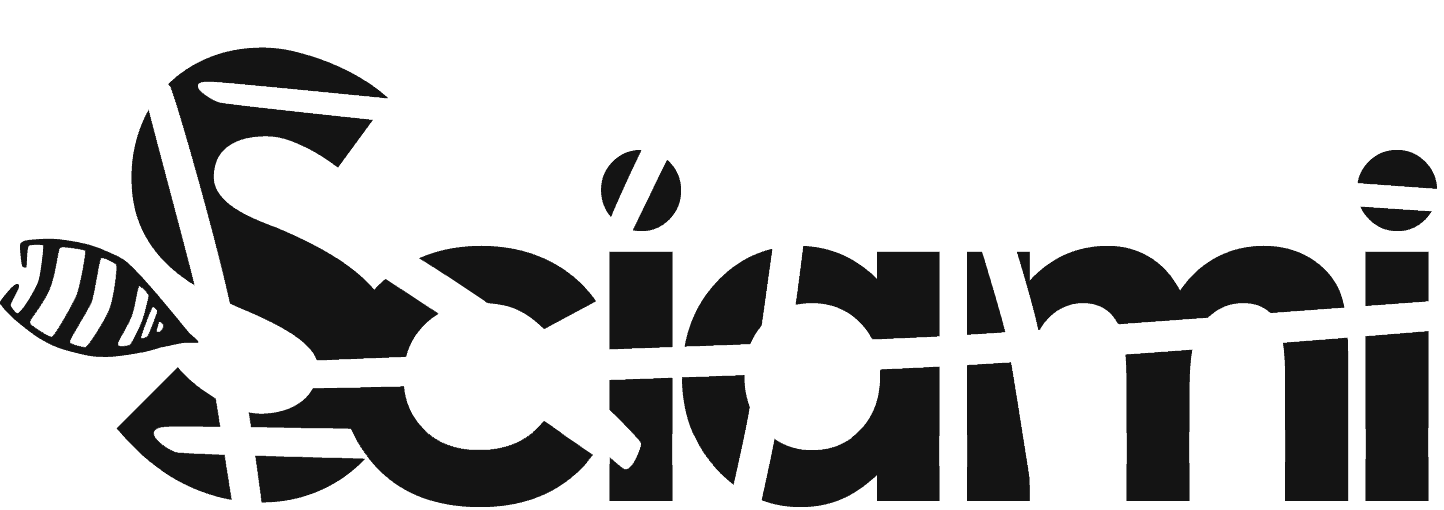Historians and theorists of Italian art have usually dealt with the Eighties with sufficiency, reading it through the lens of disengagement and focusing on painting movements based on the return to manual expression and expressionist figuration, interpreted as a reaction to the conceptual practices that dominated the previous decade. Actually, painting represents only a small part of Italian artistic production in the postmodern era, a production whose peculiarity—and this is undoubtedly one of the reasons for the short-sighted historical reading of the period—consists in its being transdisciplinary. Indeed, in those years, a new generation of artists and cultural producers experimented with performative and media practices, moving with ease from the field of contemporary art to those of theater, television, music, design and visual communication. The use of audiovisual technologies, both video and personal computers, which saw mass diffusion in the 1980s, represents the trait d’union between these practices. Adopting an approach between the historical and the phenomenological, the article offers an "overview" of the artistic practices of video in Italy in the 1980s, articulating its discussion around three interpretative lines connected to the ideas of: hybridization, body and media. The article opens with some art-historical considerations. It then continues with an outline of the international artistic situation and references to post-modernist theories and the visual culture of the decade. Some typologies of experimental video practices in Italy are then outlined: video sculptures and installations; the relationships between video and theater; between video and design; between video and television; music videos; and computer art. The final part is dedicated to the capillary Italian network of production, distribution and fruition of video, which includes distributors, exhibition spaces, festivals and magazines. The article closes with some reflections on the evolution of the classification and historicization criteria in light of the most recent studies of visual culture.
This article is available in ITA.
